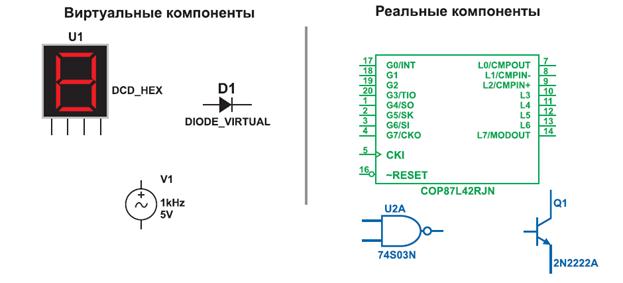Optical fibres.
Fibre- optic communications, in which electrical signals are converted into pulses of light that are squirted along very thin pipes, have several advantages over conventional copper cables.
Although ordinary glass can only support effective light transmission for a few tens of metres, optical fibres, which are made of pure glass, can carry light signals for up to 50 km without amplification. Silica glass fibre has two components – the highly transparent ‘core’ at the centre and the opaque surrounding called ‘cladding’. Three main types of fibre are possible: stepped- index monomode, stepped- index multimode and graded- index multimode. Stepped- index fibres proceed from transparency to opaqueness in straight, defined bands while graded- index fibres go progressively from transparency to opaqueness. Monomode fibre has a very narrow core- such a fibre can support just one ‘guided electromagnetic mode’. In a multimode fibre, up to 500 light rays, each of slightly different wavelengths, pass through. Telecommunication engineers want to keep reflections in the core to a minimum so that pulses of light do not overlap and make messages unintelligible. In the early days of fibres, engineers used graded- index multimode fibre, rather than stepped - index, to keep overlapping to a minimum. But it is more satisfactory to use monomode fibre, in which pulse spreading does not occur. Light sources can be either light- emitting diodes (LEDs) or lasers. The first give less powerful signals but are considerably cheaper and last longer. Lasers, however, produce light of a closely- defined wavelength and so are suitable for monomode fibres. There are two types of photodetectors - the silicon pin photodiode and the silicon avalanche photodiode. The avalanche devices are generally more sensitive but they are also more expensive.
Task 5. Ответьте на вопросы по тексту:
|




